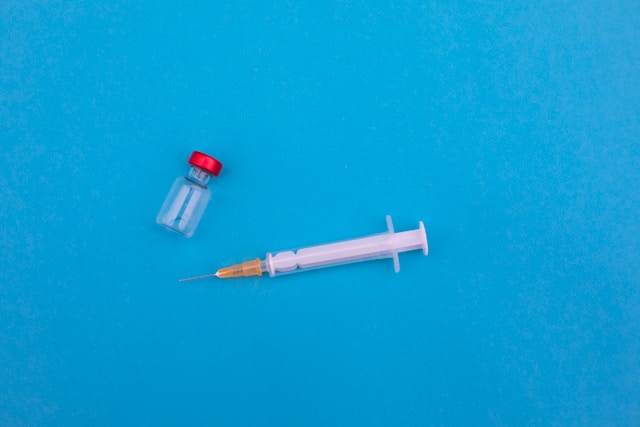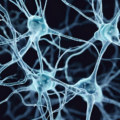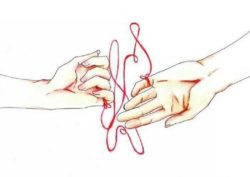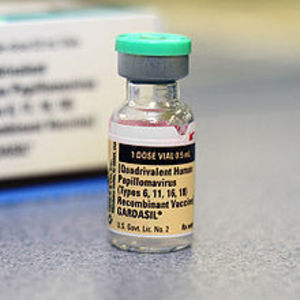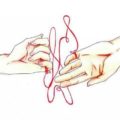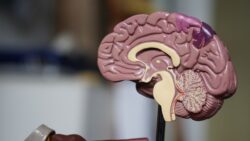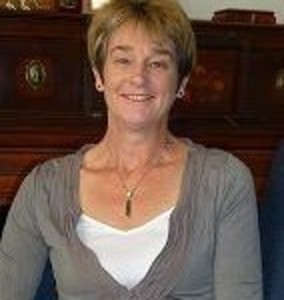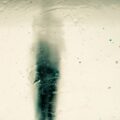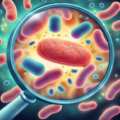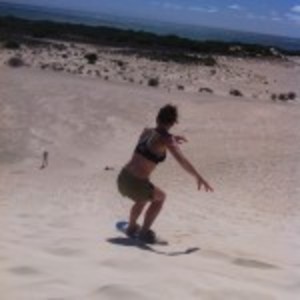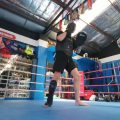Happy New Year, everyone. We have another remarkable year under our belts. Hormones Matter continues to grow month after month. This year, despite the site being down for a month in September, we had over 815,000 visitors, most staying quite a while to read our articles.
Since inception, we’ve published close to 900 articles, many are read by thousands of readers every month. The hysterectomy and endometriosis articles continue to draw large crowds, demonstrating the great need for information in these areas of women’s health.
Our success is thanks to a fantastic crew of volunteer writers who spend countless hours researching complex medical topics, making connections, identifying unconventional therapeutic opportunities, and bringing to light, what are often, invisible illnesses. Without these incredibly talented and compassionate individuals, Hormones Matter would not exist.
Before we begin the new year in earnest, let us take a moment to thank all of the writers of Hormones Matter.
Thank You Hormones Matter Writers!
Below are the articles and authors who made the top 100 list for 2015. If you haven’t read these articles, it’s time to do so. If you like them, share them and share our site so we can continue to grow. If you were helped by any of our articles, take a moment and send the writer a thank you note.
This year, we thought we’d do something a little different and include the 25 all-time favorite articles on Hormones Matter. Be sure to scroll down to the second table and take a look. The numbers are quite impressive.
Since we are run by volunteers and unfunded, feel free contribute a few dollars to cover the costs of maintaining operations. Crowdfund Hormones Matter. Every dollar helps.
If you’d like to share your health story or join our team of writers: Write for Us.






